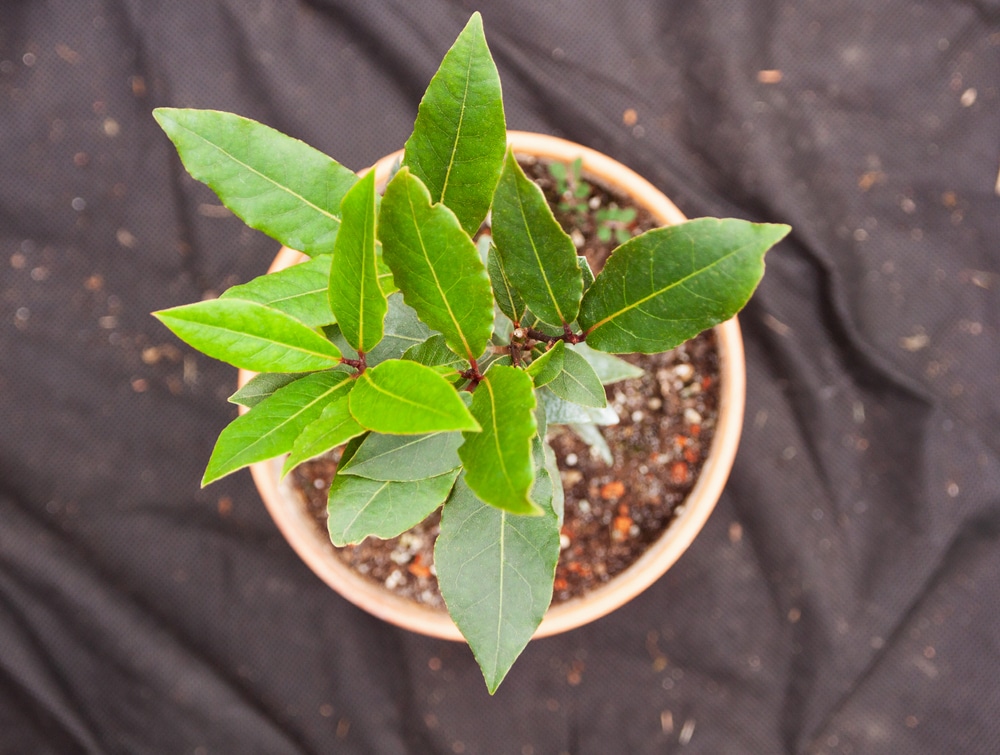A tree’s trunk can twist in all directions, making the tree’s shape unique and distinctive. Trees that have twisted trunks are often viewed as being interesting and attractive. Let’s look at twisted trunk trees and discuss which varieties are most likely to have a gnarled trunk.
Twisted trunk tree
There is no one type of tree that has a naturally twisted trunk, but many varieties may become twisted due to their growth environment or other factors.
Some of the most common trees with a twisted trunk include:
Scots pine
Scots pines are evergreen trees native to Europe and North America. They have narrow, drooping branches that form unique shapes and can cause twist in interesting directions as the tree grows larger.
Other types of pine that may have a twisted growth habit include jack pine and Japanese black pine.
Oak
Perhaps the most famous of the gnarled trees are the oak tree. Many types of oak grow with twisted trunks as they mature. Examples include cork oak and overcup oak.
The cost live oak is native to California and can thrive in areas with sandy soil and salt spray. It grows well in warmer climates and is generally found in USDA zones 8 to 10 and can develop a twisted trunk in time.
Twisted acacia
Twisted acacia is a tree that grows well in warmer climates and thrives in USDA zones 9 through 11. To grow one of these trees with a twisted trunk, you’ll need to prune it while it’s a sapling. It can become very twisted with a little help.
Willow myrtle
Thriving in USDA zones 8 through 11, this attractive tree has weeping branches and fragrant flowers and foliage. It’s an evergreen tree that’s unique due to its twisted growth habit.
Witch Hazel
The twigs of the witch hazel tree are known for twisting around each other in unique shapes. When the tree is mature, its branches will be twisted and turn up at the ends for a very attractive look.
Chinese Pistache
This deciduous tree grows quickly and can reach heights of over 60 feet tall! Its trunk usually has an interesting twist to it, although some younger trees may not have any twist at all.
Japanese Red Maple
The Japanese red maple is a small deciduous tree with bright red leaves that turn a deep purple in the fall. Its trunk is known to twist and curl, making it an interesting addition to any yard.
Trained trees
Not all trees that are twisted naturally grow that way; it is possible to train trees so that their trunks are twisted or plaited. The technique can be used for trees that have very flexible stems or that are able to self-graft.
Some examples of trees that are commonly trained for aesthetic appeal include:
- Bay trees
- Olive trees
- Ornamental ficus
- Bonsai trees
How to train trees:
- Choose a tree that is suitable for training.
- Gently bend the branches as they grow, forcing them into the desired shape. This will help to encourage and strengthen the new growth in the desired direction.
- Secure the branches in place with ties or wires if necessary. Make sure you check the ties on a regular basis and re-tighten or replace them if needed.
- Prune any unwanted branches in order to keep the desired shape of the tree.
- Regularly water and fertilize your tree to ensure strong, healthy growth.
By following these simple steps, it is possible to achieve stunning results with a beautiful tree that is shaped in an interesting and unique way.
The results of training can be seen over time, as the shape naturally evolves due to the influence of gravity, wind, and other natural elements that impact its growth. With patience and dedication, it is possible to create a stunning tree that will make an impressive addition to any garden.
Conclusion
No matter which type of tree you choose for your landscaping needs, you can be sure that it will add beauty and interest to your yard. Planting an evergreen with a twisted trunk is a great way to create an eye-catching display in any garden! Trees with gnarled trunks look beautiful and can provide shade for you on hot days.

